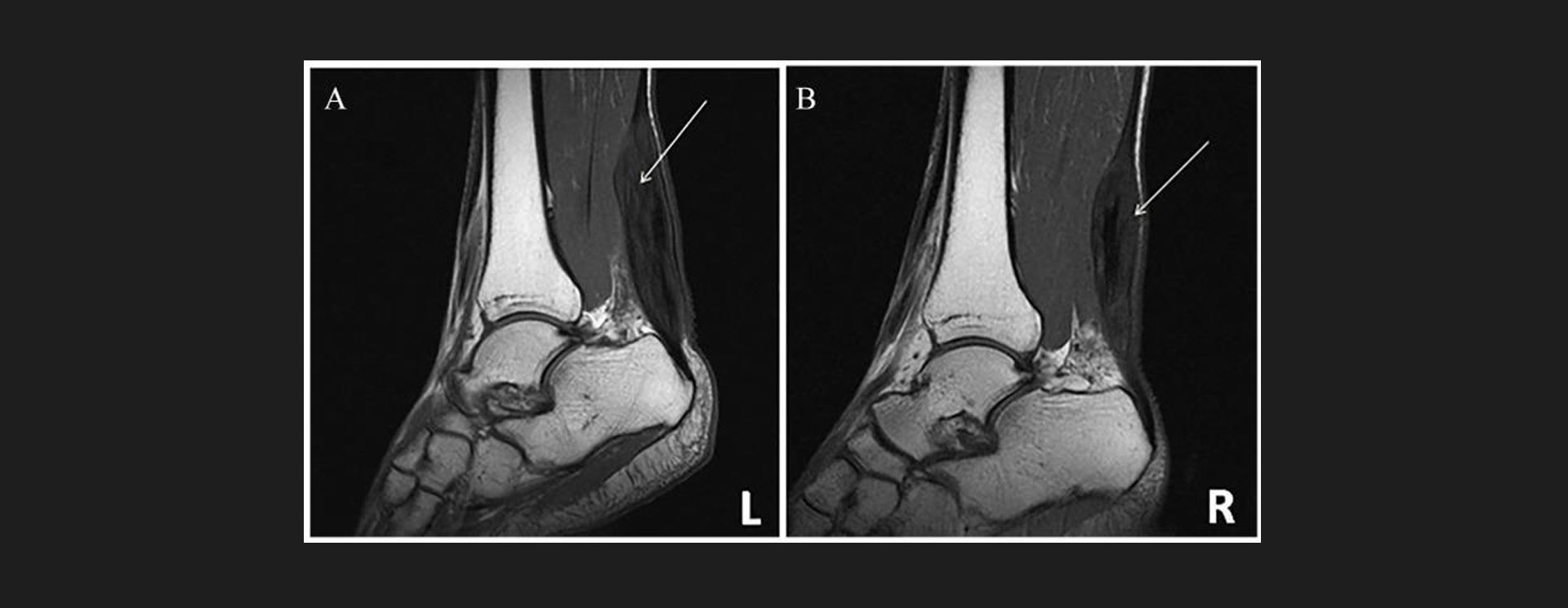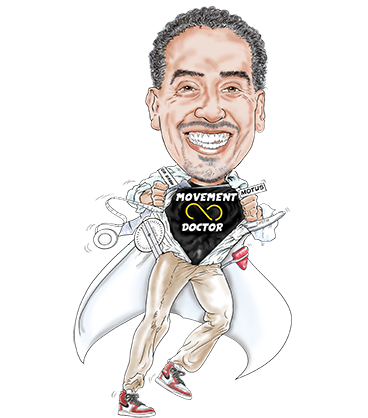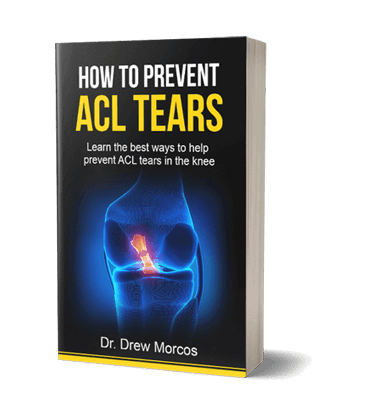ACHILLES TENDONITIS
ANKLE
ACHILLES TENDONITIS

The Achilles tendon is a band of tissue that runs between the lower calf muscle to the heel bone. It’s the biggest and strongest tendon in the human body, and it’s often under a lot of tension. The Achilles tendon pulls on the heel whenever the calf muscles flex, which makes it possible for us to stand on our toes when running, jumping, or walking.
Since the Achilles tendon is used in so many basic movements, it can often suffer from an overuse injury that results in painful inflammation. That common injury is called Achilles tendonitis.
We tend to see Achilles tendonitis occur in runners, particularly those who recently increased the duration or intensity of their workout. In this situation, a runner is putting new, larger amounts of stress and demand on the Achilles tendon very suddenly. Achilles tendonitis can and does occur in professional athletes, but it’s found to be most common in middle-aged athletes who play recreationally. The most frequent cause of injury in the states is recreational sports and activities, and basketball in particular.1Certain precautionary measures like proper stretching and conditioning, cross training, and wearing the right shoes can help prevent Achilles tendonitis from occurring. The Achilles tendon weakens with age, which explains why people are more susceptible as they get older.

Other factors can also put you at a higher risk for Achilles tendonitis, including Rheumatoid arthritis and flat feet. Achilles tendonitis can even be caused by wearing high heels regularly, or any unsupportive shoe. At MOTUS most patients we treat for Achilles tendonitis come from an athletic background.
Achilles tendonitis usually causes pain, discomfort, and swelling at the back of the heel. You might have trouble flexing your foot through the full range of motion, and may feel a tightness in your calf.
We have lots of experience treating both professional athletes and weekend warriors suffering from Achilles tendonitis. MOTUS is home to a number of innovative techniques that work effectively to relieve pain, enhance strengthening, and improve range of motion. We might use Pulsed Electromagnetic Field Therapy or Hot and Cold therapy on the area to reduce pain and swelling. Your physical therapist will work with you to develop a treatment plan that will likely include gentle exercises for strengthening and flexibility.
With the right rehabilitation techniques, and adaptations to future activity, you can usually return to activity after a few weeks.

REFERENCES
1. https://www.ncbi.nlm.nih.gov/pmc/articles/PMC6259075/
3 Ways to Level Up Your Rehab and Injury Prevention With Us





